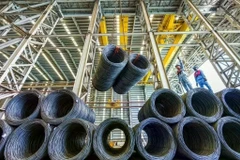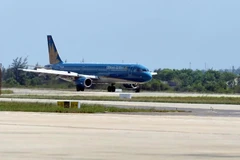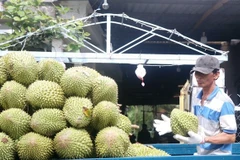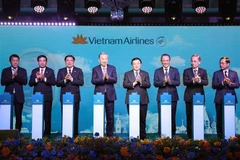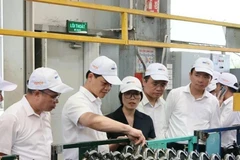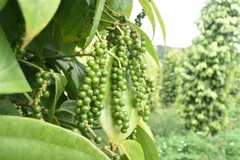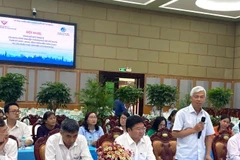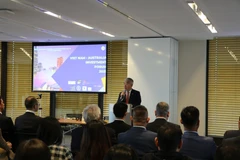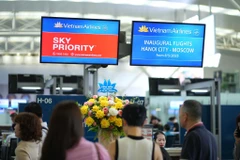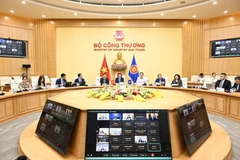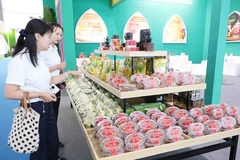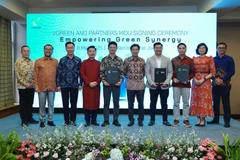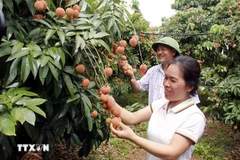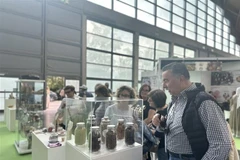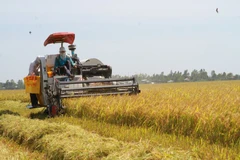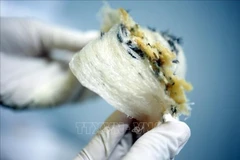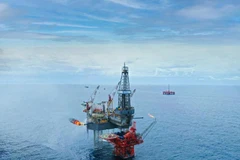The conference was jointly held by theIndustrial Policy and Strategy Institute (IPSI) under Vietnam’sMinistry of Industry and Trade, National Economic University andJapan International Cooperation Agency (JICA).
Participantsanalysed and evaluated the benefits of bilateral trade and investmentcooperation, impacts of Japanese investment on Vietnam’s industrydevelopment, and obstacles and solutions to improve Vietnam’sproduction capacity in the sector.
Tran Tuan Anh, DeputyMinister of Industry and Trade, said that Japan is one of the mostimportant partners of Vietnam, particularly in foreign directinvestment (FDI) and ODA for the industry.
Vietnam needsspecific expertise and solutions in energy production, support industryand the retails and distribution sector, he added.
Accordingto Japanese Ambassador to Vietnam Yasuaki Tanizaki, Vietnam shouldseek solutions to infrastructure development, human resources,institution and policy improvement.
As ASEAN will removebarriers to tariffs in 2018, Vietnam will therefore need appropriatepolicies to attract investment to be able to compete with othercountries also using FDI to improve their competitive advantage, addedTanizaki.
The conference also discussed Vietnam’sshortcomings in policy making and recommended the country realising itsstrategies and plans.
In the present period, Vietnam shouldfocus on technology transfer from FDI’s activities and enhance thecapacity of enterprises and human resources in the industry.
In addition to ODA, Vietnam can mobilise capital from various sources, such as public-private partnerships.
Japanese enterprises have led investment in Vietnam’smanufacturing and processing sector over the past 20 years. There were1,829 Japanese projects in Vietnam by the end of 2012, 57 percent ofwhich have involved in the industry.-VNA
